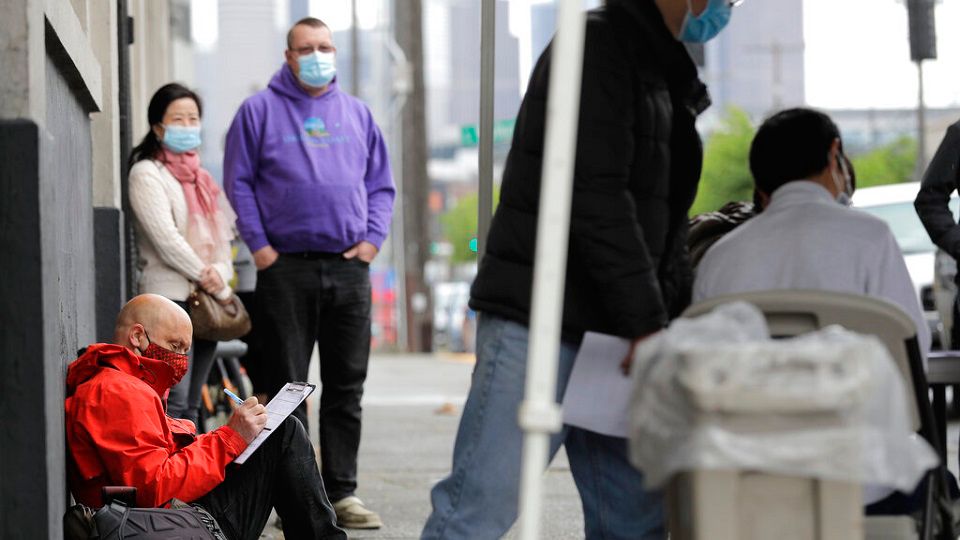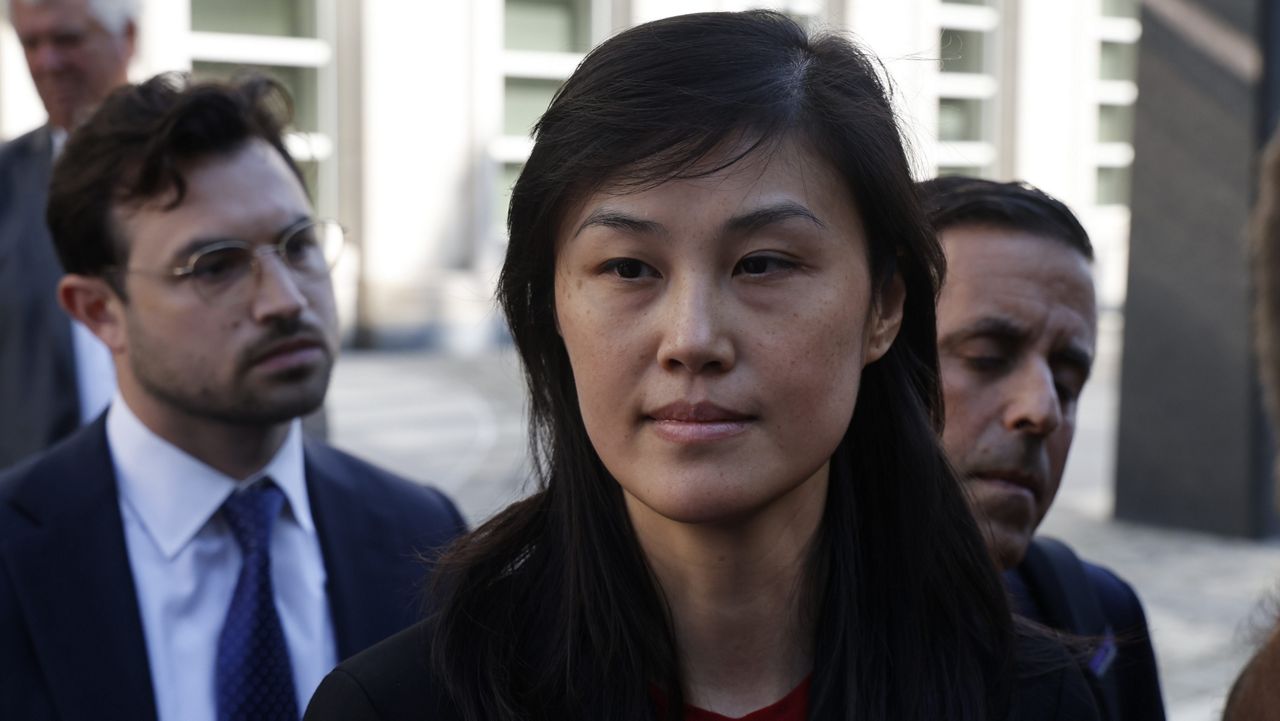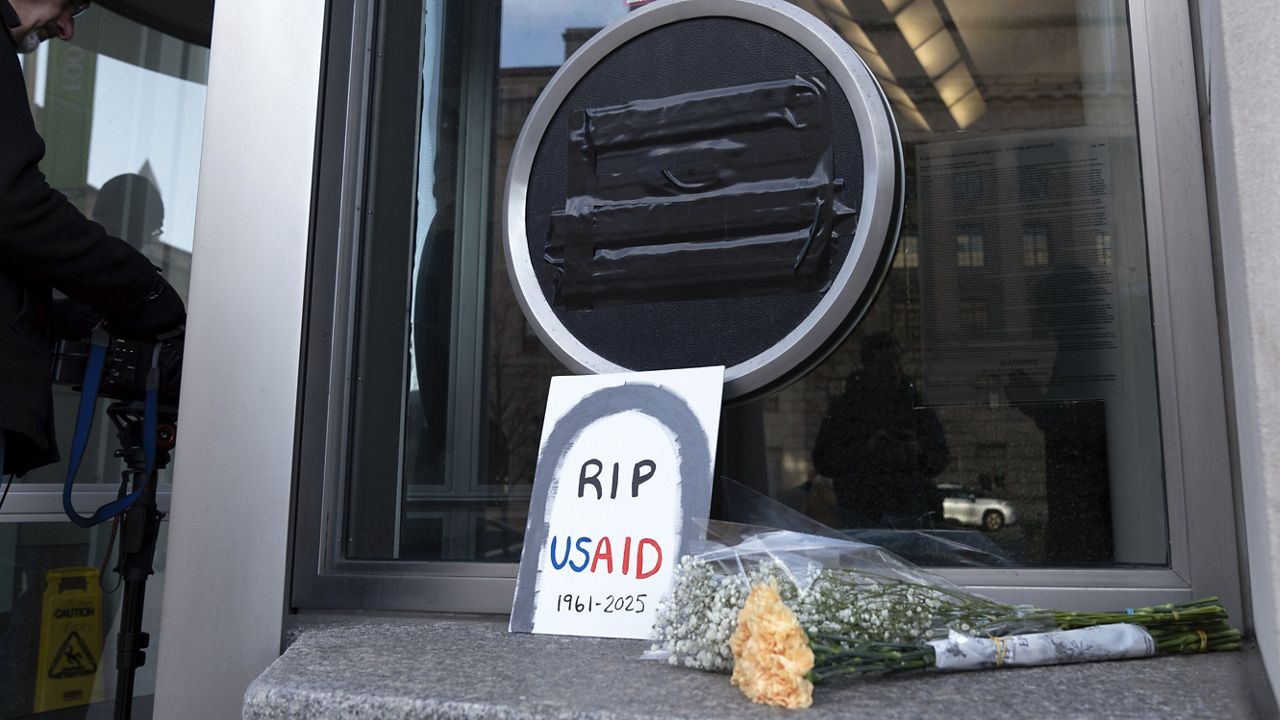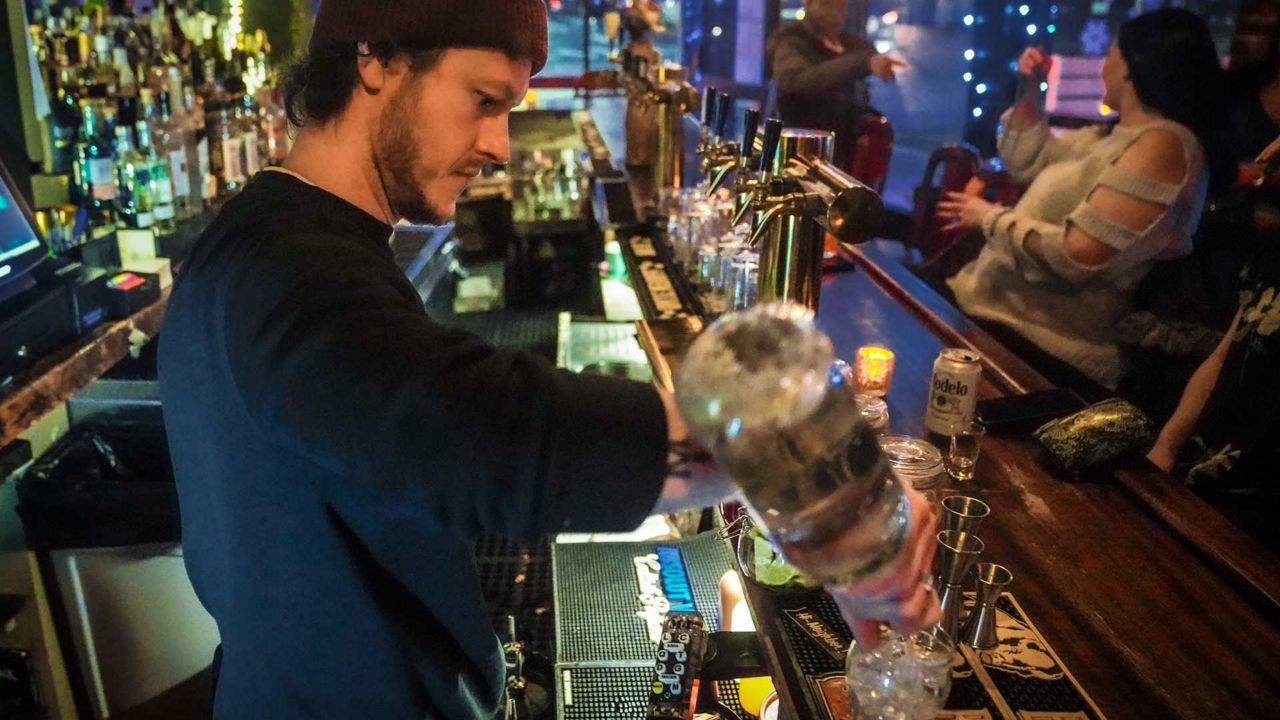Statewide, New York's unemployment picture is this: Declining from Depression-era unemployment earlier this year due to the pandemic-induced shutdown, the state's unemployment rate fell from 15.9 percent in July to 12.4 percent in August.
But across the state, the joblessness picture is less clear. It's not a tale of two states; it's a tale of four or five states.
In New York City, unemployment remains the highest in the state at 16.3 percent, according to numbers released Tuesday by the state Department of Labor.
And unemployment in the metropolitan suburban communities is also above 10 percent, both for counties on Long Island and in the counties to the immediate north of New York City.
The rate gets lower in upstate regions: Albany's rate is 8.8 percent, Syracuse 9.8 percent, Rochester at 9.9 percent. Buffalo is the only upstate metropolitan region above 10 percent unemployment in upstate or western New York.
These are hardly good numbers, and a reflection that even as businesses and offices begin to reopen, industries like hospitality, tourism, and restaurants will still take a prolonged path to recovery.
Small businesses are still seeking more federal aid to cover payroll costs, and a supplemental unemployment benefit for those who have lost their jobs because of the pandemic has been reduced.
Small business jobs took the brunt of the first wave of the pandemic. The economic aftershock could begin to affect public workers too amid the stalled COVID relief legislation for state and local governments.
Businesses and government officials alike are bracing for a second wave that could scale back reopenings in the cold weather months.
New York saw an uneven recovery over the last decade since the onset the recession in 2008. New York City thrived, parts of upstate New York continued to struggle and fall behind.
A post-pandemic recovery will take time and could prove to be similarly uneven.








